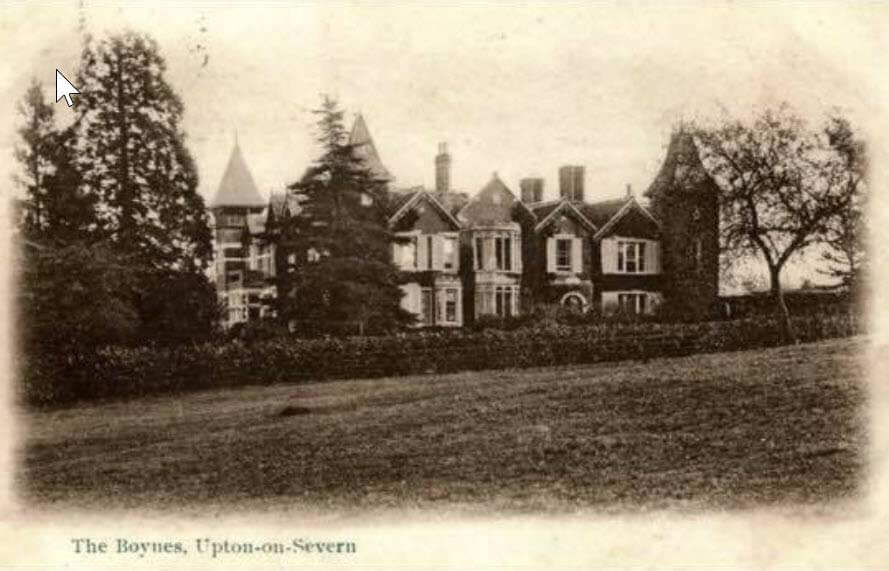The colourful history of our Boynes Care Centre
If you have ever been a resident at, or visitor to our Boynes Care Centre in Worcester, you will know that it is perfectly located for the town of Upton-upon-Severn, being situated only a short distance from the banks of the River Severn; this is one of the UK’s most important rivers. The care centre is in an enviable position with beautiful views of the stunning Malvern Hills.
The building itself is a unique, sizeable country residence that combines traditional English styling with a wealth of character. The Boynes comprises of formal and informal rooms which include elegant fireplaces, ornate oak panelling, and impressive ceiling heights. Its enviable gardens and grounds extend over four acres, boasting large sweeping lawns with a profusion of fine mature trees and shrubs, as well as a plethora of wildlife.
However, behind this peaceful, country dwelling is a secret past as well as a thriving local community with a rich history.
During World War I, the Boynes residence was used as a Voluntary Aid Detachment (VAD) hospital to support and care for hundreds of wounded, convalescing soldiers under the command of owner Louisa Grice-Hutchinson. It opened its doors to 20 injured soldiers in May 1917 and remained open as a hospital until March 1919. The Boynes is one of the estimated 38 Red Cross VAD hospitals across the country.
VAD hospitals were established during wartime to provide care and support for the sick and wounded. VADs were voluntary organisations that played a crucial role in augmenting the existing medical services.
During World War I and World War II, VAD hospitals were set up by various national Red Cross societies or other voluntary organisations and were staffed by civilian volunteers, who generously offered their time and skills to assist the military medical services.
VADs provided a range of medical services, including nursing care, first aid treatment, and general hospital support. They often worked alongside trained doctors and nurses to alleviate their workload and ensure that medical resources were efficiently utilised.
It was typical for VAD hospitals to be located in buildings that were requisitioned for the purpose, such as large private residences like The Boynes. The facilities were equipped with plentiful beds, medical supplies, and necessary equipment to treat patients.
VADs like The Boynes, made significant contributions to the war effort and their dedication and selflessness in volunteering their time and skills played a crucial role in the overall healthcare system during wartime.
The staff and residents at The Boynes Care Centre are immensely proud of the caring role their unique dwelling played during the War, and the Future Care Group are delighted to continuing this care provision today.
 “The Boynes in 1903, courtesy of Betty Williams. Editor of Upton”
“The Boynes in 1903, courtesy of Betty Williams. Editor of Upton”
The history of Upton itself dates back to long before World War I – the town was first recorded in 897. Up until the latter half of the 20th century, the bridge at Upon was the only one across the River Severn between Worcester and Tewkesbury and it was here that Oliver Cromwell’s soldiers famously crossed the Severn before the Battle of Worcester in the Civil War. The present-day bridge was built in 1940.
Upton upon Severn used to be an important port and for centuries before modern transport it was alive with river craft carrying goods to and from the surrounding agricultural areas. Today, the river is alive with pleasure craft with a thriving marina on the east bank.
The Boynes Care Centre prides itself on offering first class dementia, nursing, residential, respite, and palliative care to its residents. If you are worried about a loved one who may be feeling isolated or is in need of professional care, please do not hesitate to book a visit to us and find out more about how we can help.



